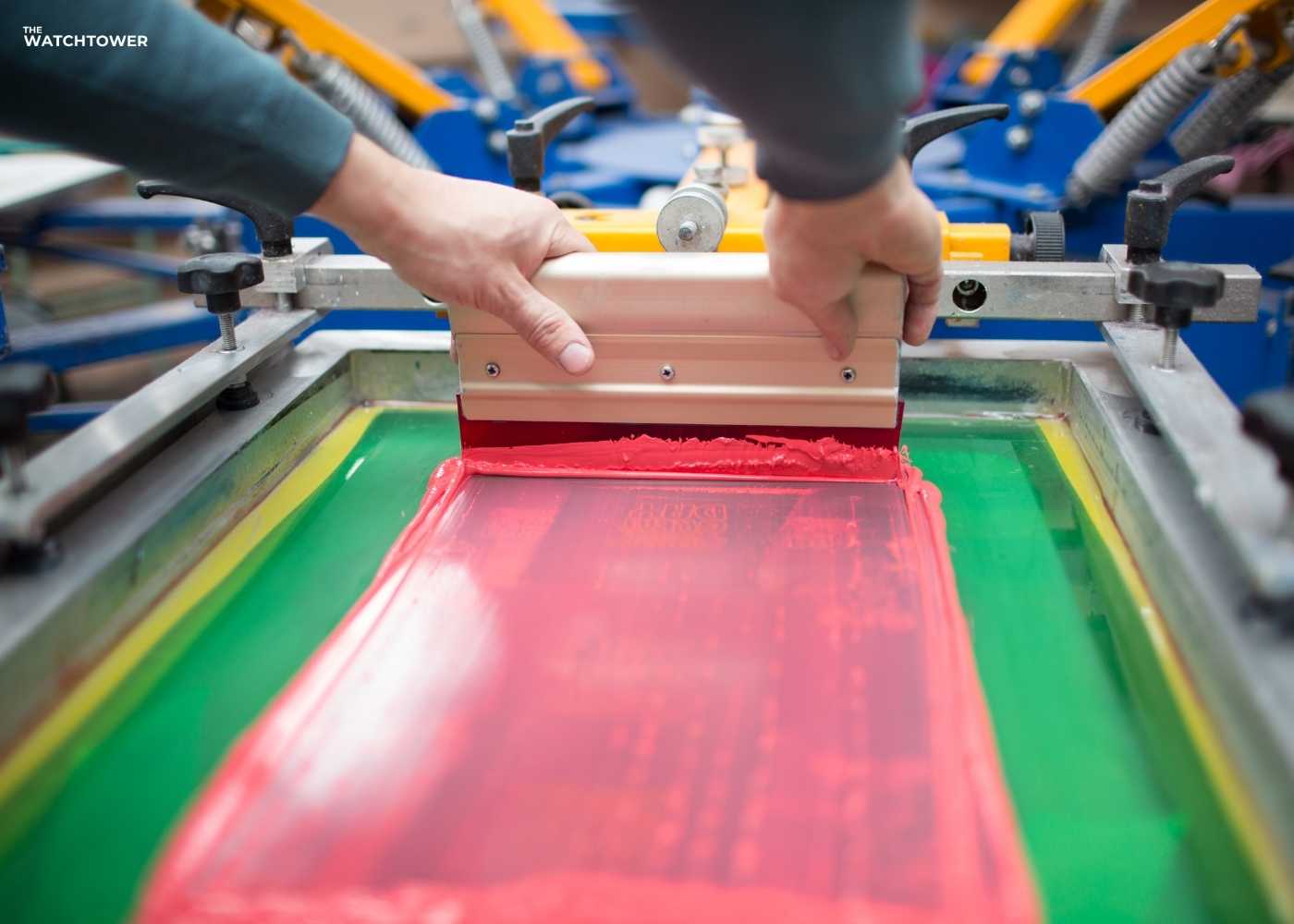
The Untold Benefits of Plastisol Printing
Now plastisol ink has 3 unusual physical prosperities, the first is, plastisol ink is thixotropic, which means as the ink is agitated, stirred or as it is being shuttled forward and back across the screen image by the squeegee, the ink viscosity lowers, making it creamier and easier to print. (Be wary though, if you use electric drill to stir.

Plastisol Printing Design Xpdc 5 Colour YouTube
Plastisol inks are highly opaque. One of the biggest advantages of plastisol inks is that they can be printed on any color fabric. This is because the ink is so opaque that it will completely cover up the color of the fabric underneath. They can also be printed over dark fabrics and still produce vibrant results.

HyprPrint Plastisol inktn CMYK Set 4x 1kg Zeefdrukland
Basically, the printing shop will set up a screen with your design and start printing just like they are printing shirts. Instead of printing on fabric they will print on the hot peel paper. After printing the design onto paper and curing it with a flash dryer, the adhesive powder is applied. The adhesive powder is the key to plastisol heat.

Plastisol Inks Screen printing, Plastisol ink, Prints
For a bright and clear print, apply your ink, flood the screen and then, pressing down with moderate pressure push or pull the squeegee across the screen. Once the plastisol heat transfer has been created, you'll need to partly cure/ gel the ink. This means heating your plastisol ink between 180- and 240-degrees Fahrenheit.
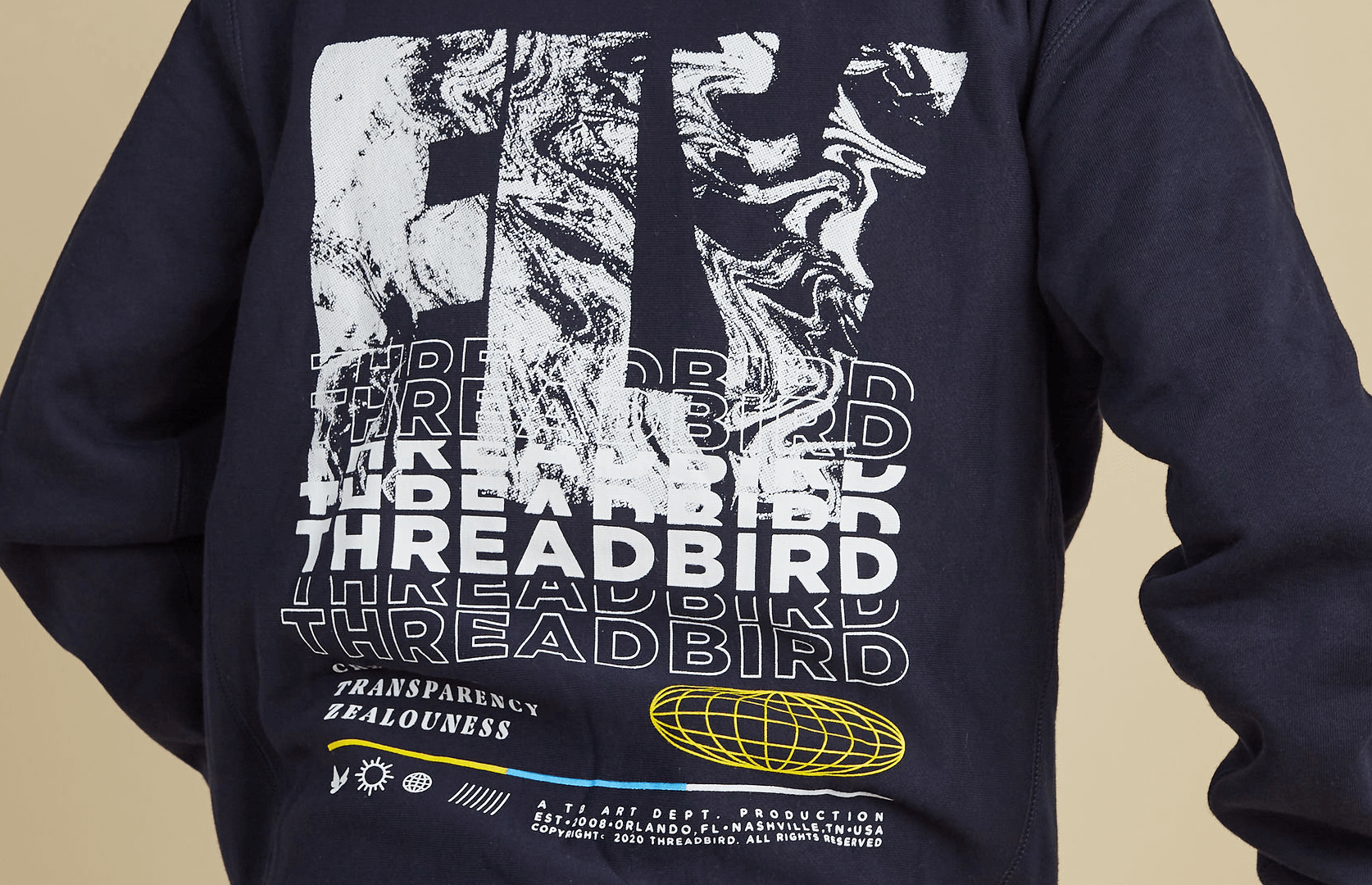
Plastisol Screen Printing T Shirt & Apparel Printing Process
Off-contact distance. Off-contact distance is a complicated variable in plastisol printing as in all other screen-printing applications. The main reason it is included in this list is because of its relationship to screen tension and other variables, including squeegee pressure, squeegee speed, squeegee angle, and even squeegee durometer.
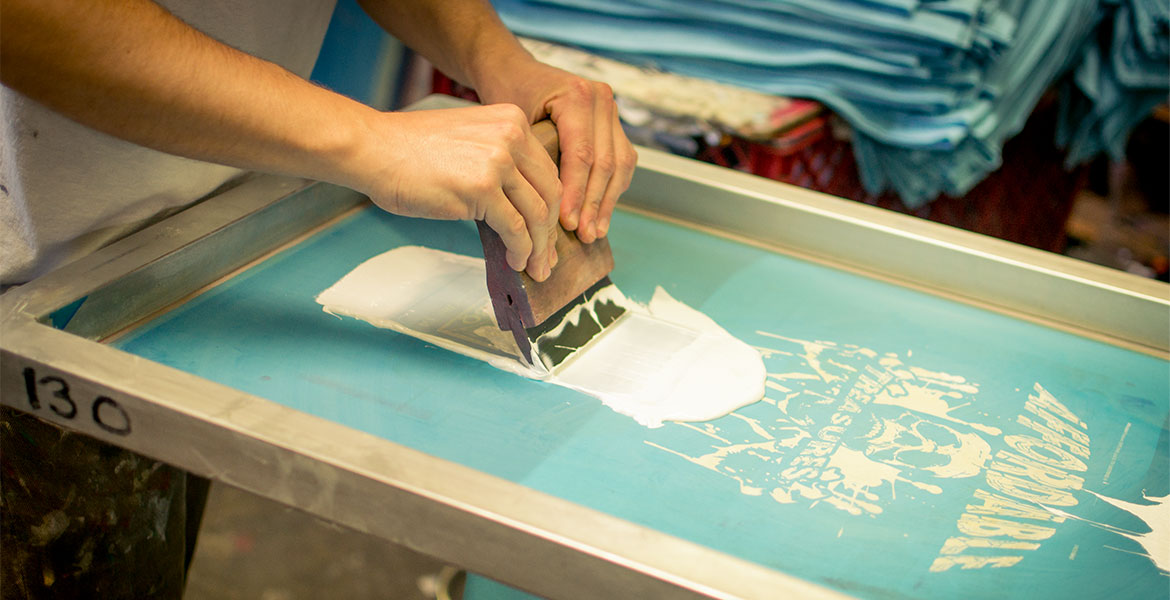
El tejido absorbe el plastisol. ¿Cómo se resuelve? CPL Fabbrika
Plastisol Printing. Plastisol screen printing is the traditional ink of your dad's band tee. Plastisol printing process is the traditional style of screen printing. This ink creates a design that sits on top of the fabric for a traditional look and feels. These inks can be used to print on any garment or fabric and work best in small print areas.

Plastisol Vintage TShirt Textures Vintage tshirts, Vintage graphic
Plastisol screen printing has been the go to choice for apparel designers & manufacturers for the last 4 decades. This type of ink is the most common ink used in screen printing and for good reason. It is vibrant and provides excellent color opacity ensuring your wholesale custom t-shirts is vivid even when printed on dark colored garments.
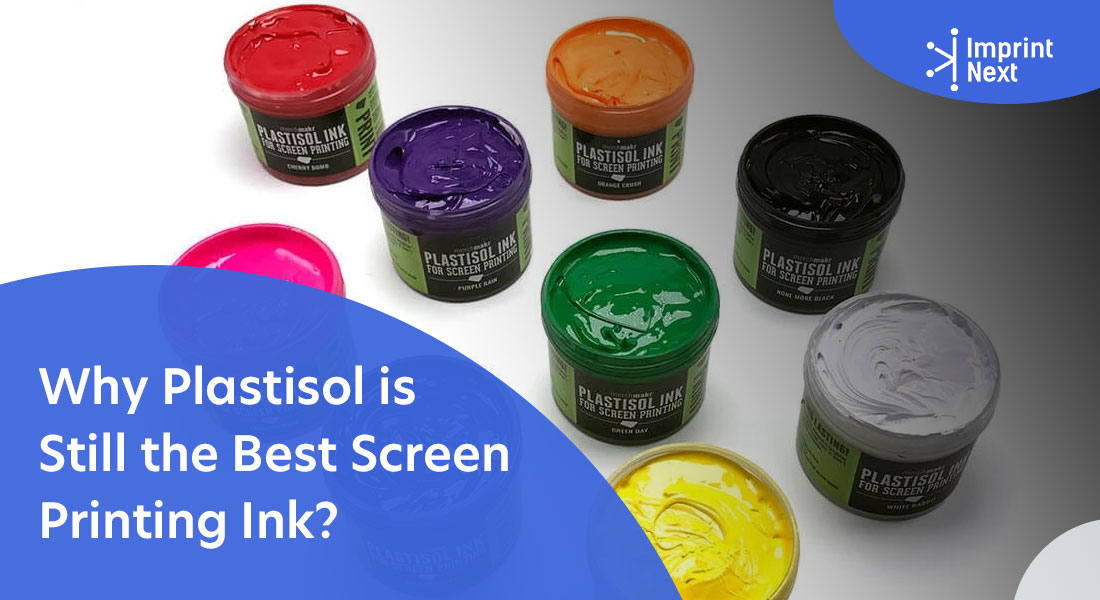
5 Reasons Why Plastisol is Still the Best Screen Printing Ink in the
Plastisol inks are recommended for printing on colored fabric and can retain a bright image for many years with proper care. Most plastisols need to be heated to about 180 degrees celsius (350 Fahrenheit) for full curing. Plastisol printing tends to sit atop the threads instead of soaking into them, giving the print a raised, plasticized texture.

Plastisol Transfer Paper to Florida Flexible Screen
So a Plastisol print is a layer of solidified plastic that sits on top of the fabric. Water-based ink, while not completely free of plastic, is mostly water-soluble and absorbs into the fabric. When this ink is cured, the water-based solvents evaporate, leaving behind only the pigmented binder compounds- less of an ink deposit than Plastisol..

Plastisol Printing
Welcome to SEMO Imprints, your source for Custom Screen Printed Transfers. SEMO Imprints has been screen printing custom plastisol heat transfers since 1984. We have always prided ourselves as the least expensive and best choice for Custom Plastisol Heat Transfers. Our loyal customers love knowing the price they see online is the price they pay.

White plastisol ink screen printing Screen printing, Prints, Class
Apparel Printing: Plastisol ink is widely used in printing designs on t-shirts, hoodies, sweatshirts, and other apparel items. Its durability and resistance to fading and cracking make it an excellent choice for garments that will undergo frequent washing and extended use.
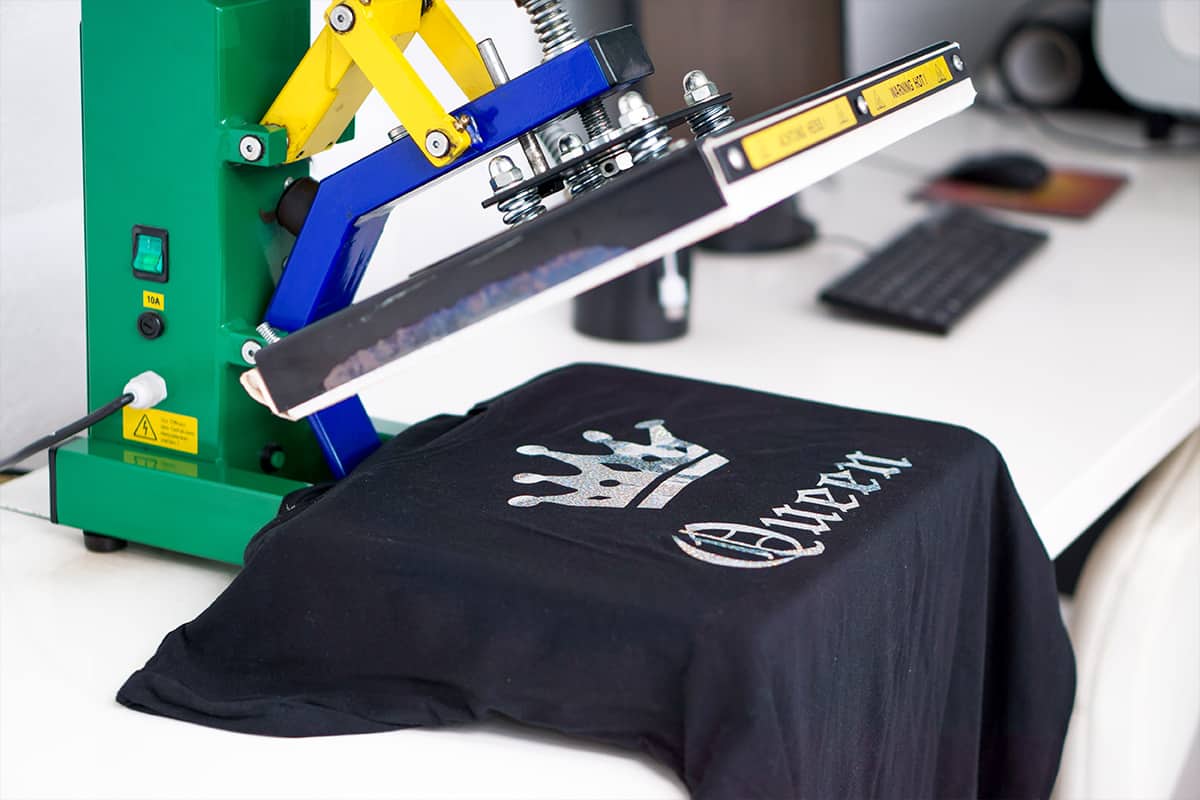
How to Use Plastisol Heat Transfers to Print TShirts TShirt Printer
High quality waterbased ink and plastisol ink prints on apparel, posters, and more. With premium techniques like Simulated Spot Process Printing and CMYK screen printing. EMBROIDERY. Crisp stitched out designs! Ideal for polos, headwear, and outerwear. Our all inclusive pricing is based on number of stitches, not amount thread colors..
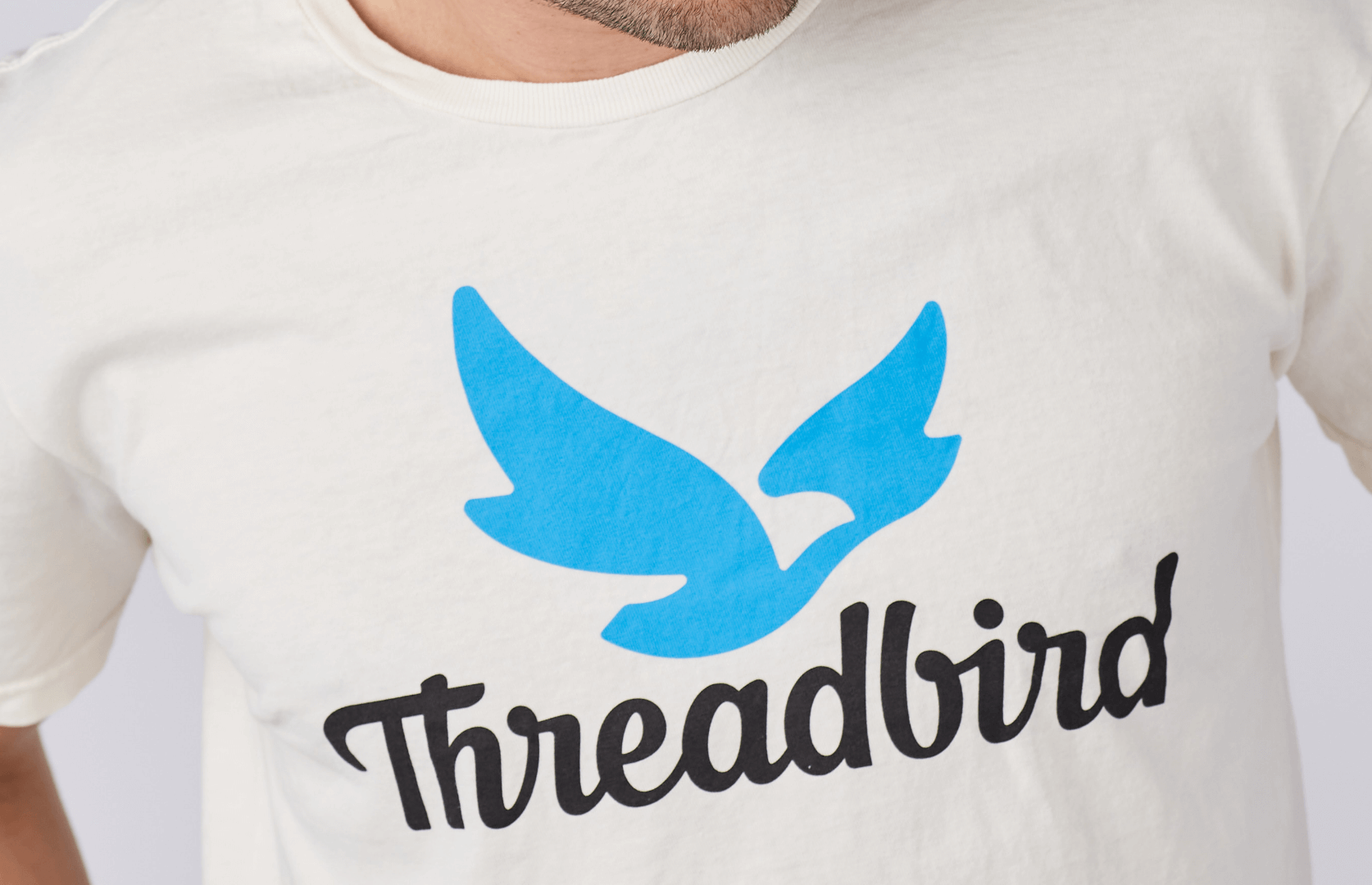
Plastisol Screen Printing T Shirt & Apparel Printing Process
Sage LarsonDec 28, 2022. New screen printers should start off printing with plastisol ink. It's more forgiving than water-based ink and it's much easier to achieve proper cure. Even though printing plastisol is more straightforward, there are many techniques to print the ink for various processes. We've created a collection of videos and blogs.
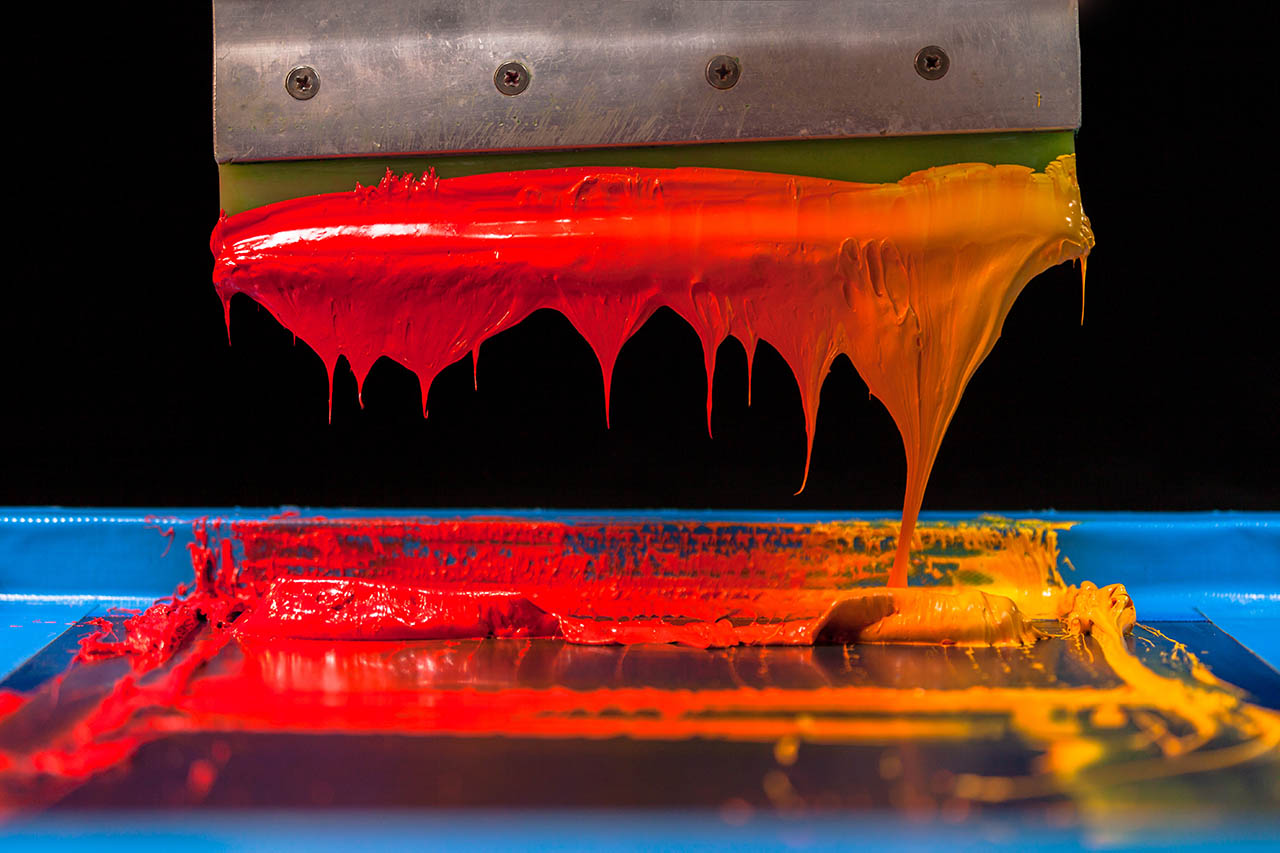
What is Plastisol Ink? Greek Corner Printing
In this video Ryan Moor talks about what plastisol ink is, what the ink has done for screen printing and briefly explains how the ink is used. RELATED PRODUC.

Creating a Smooth Plastisol Printing with Screen Printing YouTube
If you own a heat press and print small batches of 5-10 t-shirts at a time, plastisol transfers could be more affordable than taking the screen printing route. Custom made plastisol transfers are usually sold in "gang" sheets - multiple designs screen printed on (typically) an A3-sized transfer sheet - which effectively brings down the.
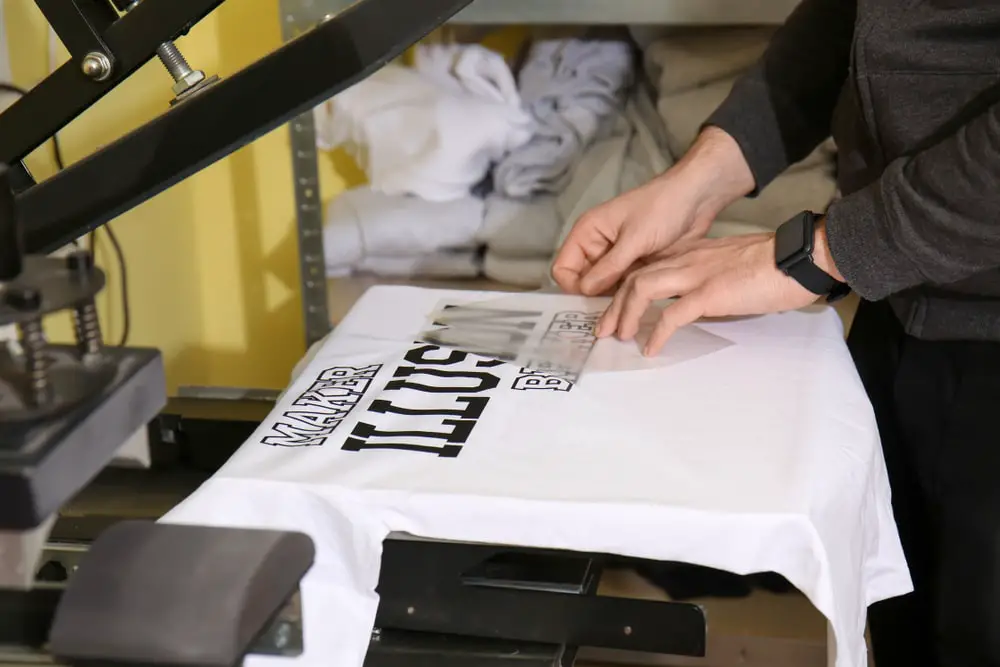
What Are Plastisol Transfers? Here's What You Need To Know!
You can get soft screen printed t-shirts (even with plastisol ink) but there are a few things you should know first. Let's define a couple of terms: Hand refers to the way a shirt or print feels. "Soft hand" is a way to describe a soft print. Plastisol is the most common type of screen printing ink. It's derived from polyvinyl chloride.